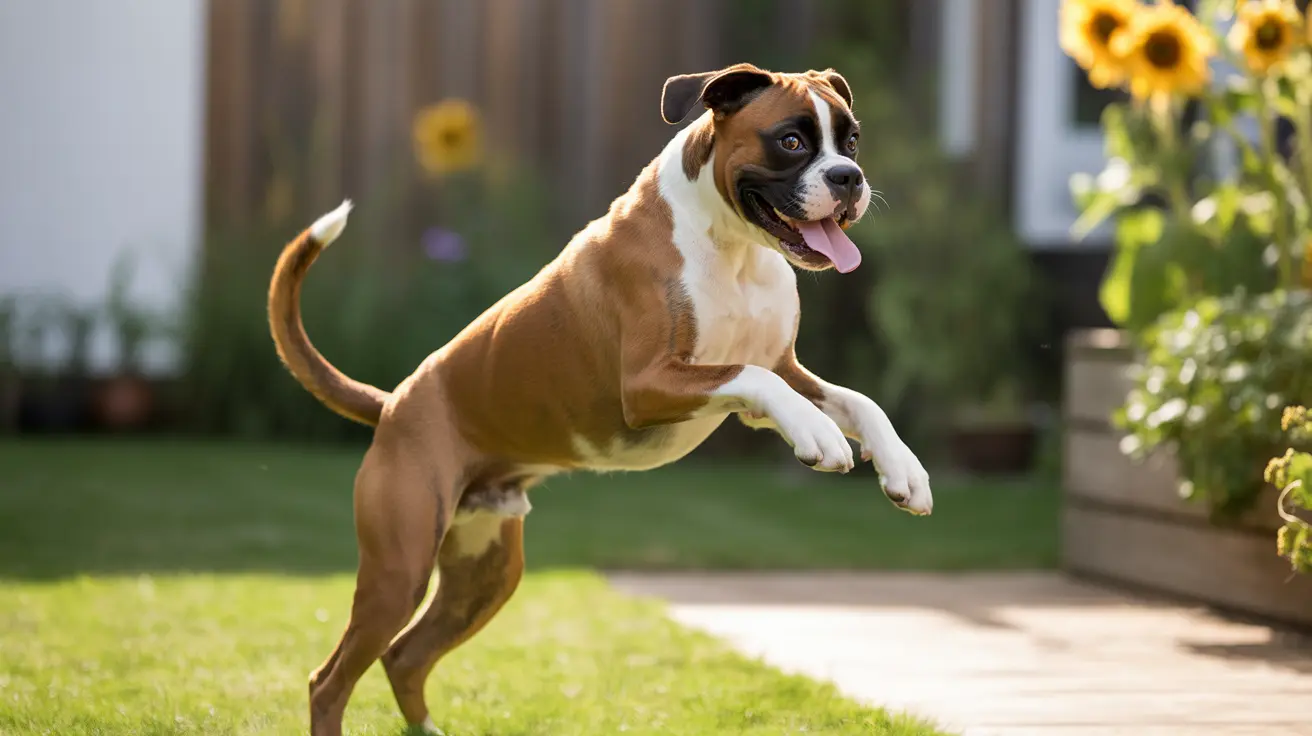What is Nocardia in Dogs?
Nocardia in dogs is a potentially severe bacterial infection caused by soil-dwelling organisms from the Nocardia genus. This uncommon but serious condition can affect multiple body systems, including the respiratory tract, skin, and nervous system. While any dog can develop nocardiosis, those with compromised immune systems face the highest risk.
Understanding this condition is crucial for pet owners, as early detection and proper treatment can significantly impact the outcome. The bacteria typically enter a dog's body either through inhalation of contaminated soil particles or through wounds that come into contact with contaminated materials.
Common Signs and Symptoms
The symptoms of nocardia infection in dogs vary depending on which body system is affected. Dogs may show different combinations of the following signs:
Respiratory Symptoms
- Difficulty breathing
- Unusual breathing sounds
- Coughing
- Rapid breathing
Skin and Tissue Signs
- Non-healing wounds
- Abscesses that may drain
- Swelling, particularly in the face and neck
- Enlarged lymph nodes
Systemic Symptoms
- Fever
- Weight loss
- Lethargy
- Loss of appetite
- Neurological signs (in severe cases)
Diagnosis and Treatment
Veterinarians diagnose nocardia infections through various methods, including tissue samples, fluid analysis, and imaging studies. X-rays often reveal characteristic patterns in the lungs, while laboratory cultures can confirm the presence of Nocardia bacteria.
Treatment typically involves a multi-faceted approach:
Antibiotic Therapy
- Long-term antibiotics (often 1-6 months)
- Sulfonamide-based medications are commonly prescribed
- Regular monitoring to ensure effectiveness
Surgical Intervention
- Drainage of abscesses
- Removal of infected tissue
- Wound cleaning and debridement
Prevention and Risk Management
While completely preventing nocardia infection isn't possible due to the bacteria's presence in soil, several steps can help reduce risk:
- Prompt cleaning and treatment of wounds
- Maintaining a strong immune system
- Regular veterinary check-ups
- Limiting exposure to potentially contaminated soil for at-risk dogs
Prognosis and Long-term Outlook
The prognosis for dogs with nocardiosis varies significantly based on several factors:
- The extent and location of infection
- The dog's immune system status
- How quickly treatment begins
- Response to initial therapy
Early detection and aggressive treatment offer the best chance for recovery, though some cases may require ongoing management.
Frequently Asked Questions
What are the common symptoms of nocardia infection in dogs, and how do they vary by affected body system?
Symptoms vary by system affected. Respiratory symptoms include difficulty breathing and coughing. Skin infections show as abscesses and non-healing wounds. Systemic signs include fever, weight loss, and lethargy. Neurological symptoms may occur in severe cases.
How do dogs typically contract nocardiosis, and which dogs are at higher risk?
Dogs typically contract nocardiosis through inhalation of contaminated soil particles or through wound contamination. Dogs with weakened immune systems, those on immunosuppressive medications, and outdoor dogs are at higher risk.
What diagnostic tests do veterinarians use to confirm nocardia infection in dogs?
Veterinarians use tissue samples, bacterial cultures, X-rays, and sometimes CT scans to diagnose nocardiosis. Blood tests help assess overall health and immune system function.
What are the most effective treatment options for nocardiosis in dogs, including antibiotics and surgery?
The most effective treatments combine long-term antibiotic therapy (usually sulfonamides) with surgical intervention when needed. Treatment typically lasts 1-6 months, with regular monitoring for effectiveness.
Can nocardiosis in dogs be prevented, and what steps should pet owners take to reduce the risk of infection?
While complete prevention isn't possible, risks can be reduced by promptly treating wounds, maintaining good immune health, and limiting exposure to contaminated soil for at-risk dogs. Regular veterinary check-ups are also important for early detection.






